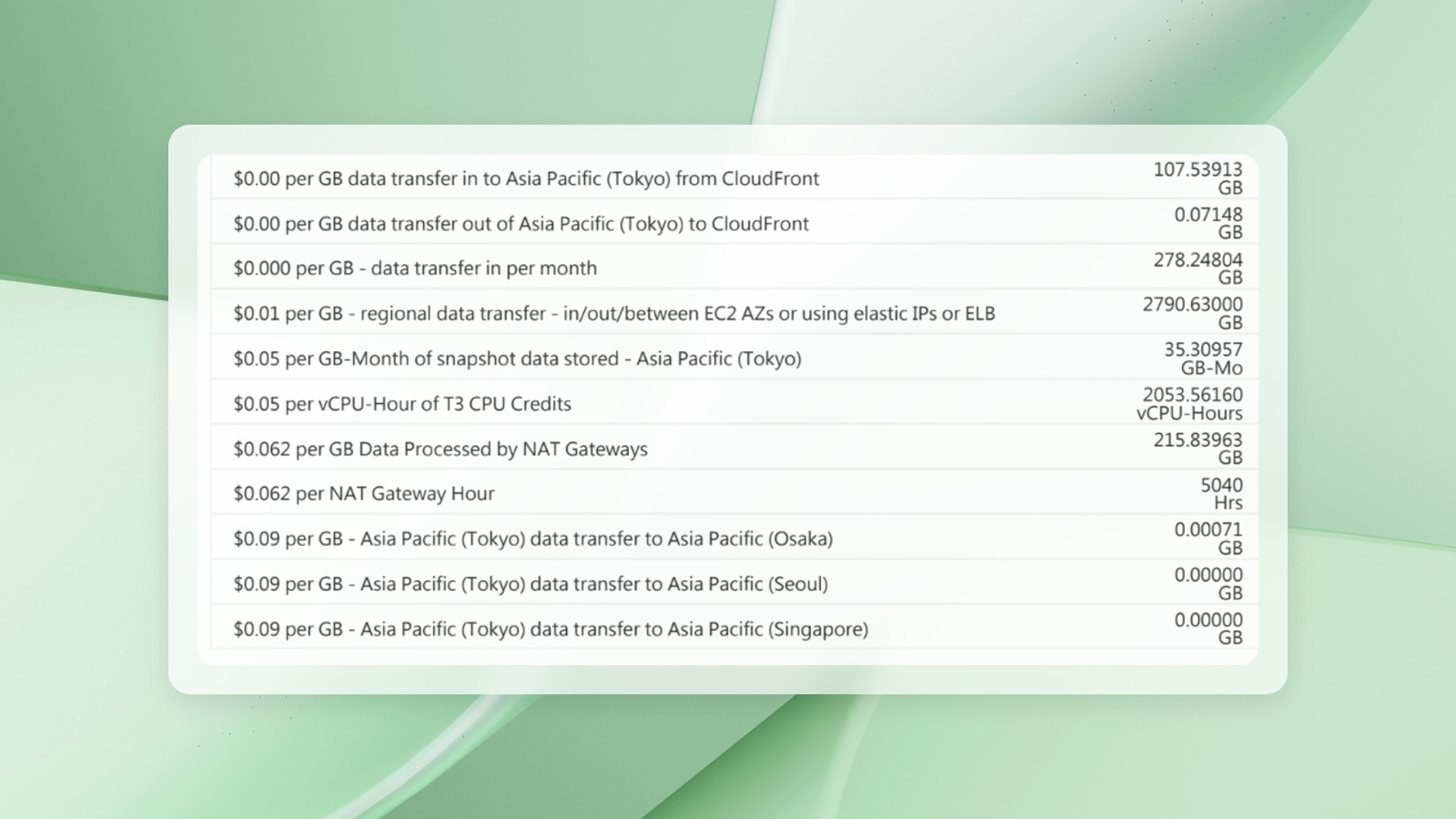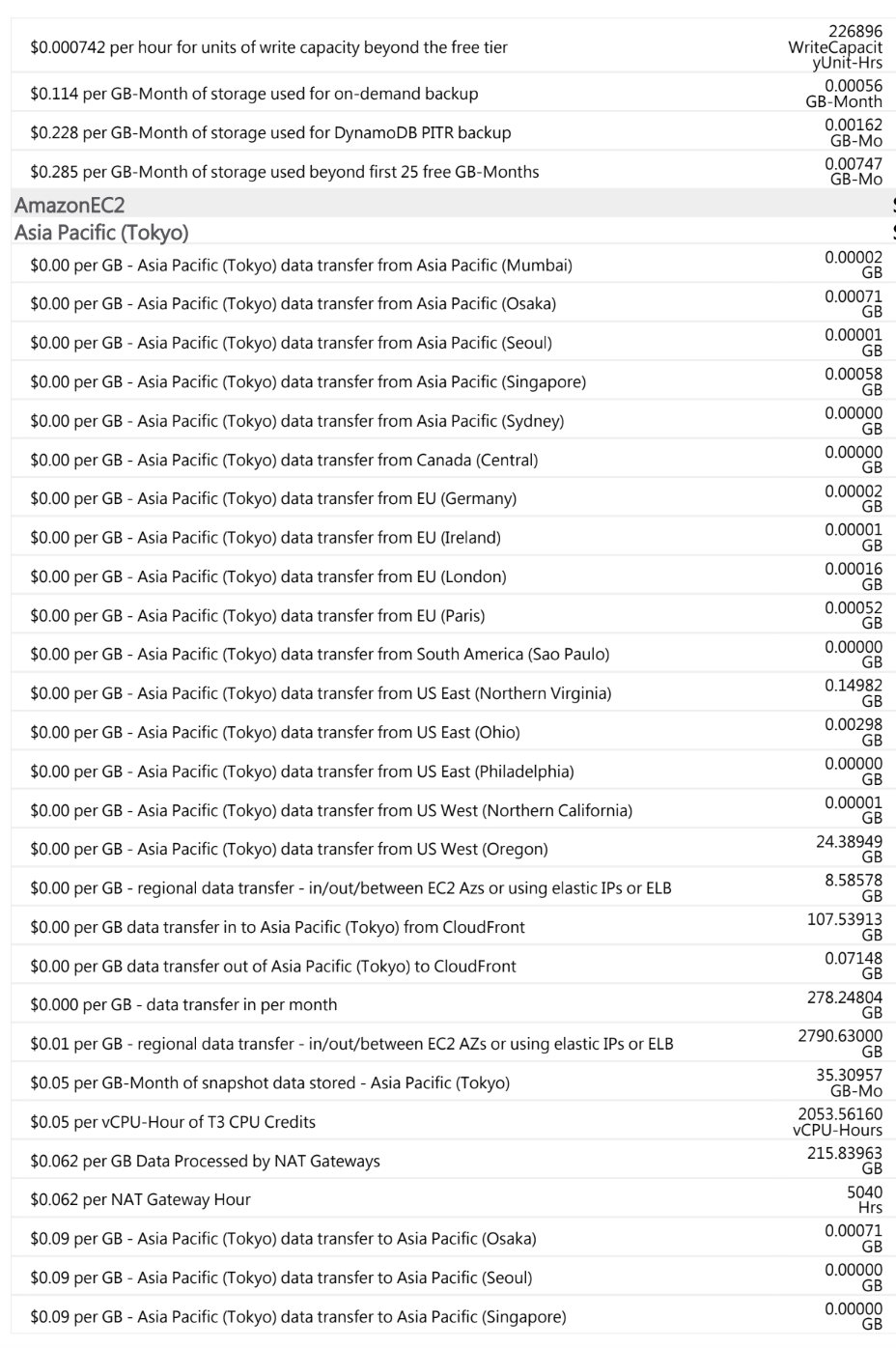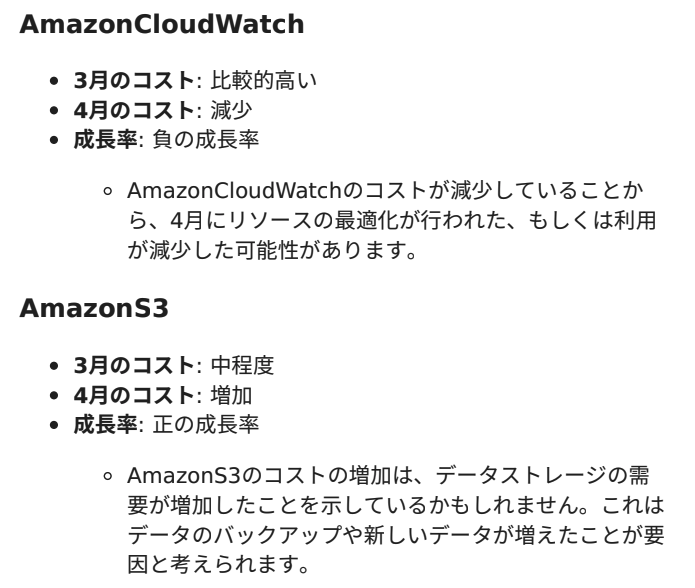
Coordinating with the Engineering Department: FinOps Diary #1

Cloud costs increase silently
To begin with, here is how we came to know the term ‘FinOps.’
We mainly use AWS as our cloud infrastructure, and AWS has a partner program that gives you credits if you meet its requirements. Our company's application for this program was approved, and for the last several months we have been able to use AWS for practically free.
Therefore, we were using the service without much concern for the monthly cost. However, one month we finally ran out of credit balance and received a bill for the actual cost. It was only there that I realized that the cloud cost was an astonishingly high amount.
Due to various factors, including the sharp decline of the yen over the past few months and investments in the tech industry, our costs had ballooned to about 1.5 times what they had been before we started using the credit.
The finance department cannot make decisions alone
In the process of optimizing cloud costs, we ran into a wall of cost justification: the AWS cost structure is so complex that the finance department alone could not deduce the breakdown of the costs.
The “breakdown” is different from other areas of cost management. For general expenses, we have some idea of what we are paying for.
In the case of cloud costs, however, we just have a list of unfamiliar service names, and we didn’t know what they were.

In other words, while it is the finance department that is charged with the mission of monitoring and optimizing costs, it is not possible to understand the breakdown or to actually do anything about it without asking an engineer.
It was during this time when I was worrying about what to do that I learned about FinOps.
Unburden the Engineer
It is the engineers in charge who can determine whether the fees for a cloud service are reasonable. In other words, while we say that cooperation between the engineering and finance departments is important, the success of cost optimization depends largely on the engineers.
Therefore, as the person in charge of finance, my idea was to prepare and propose a process that would be as smooth and easy as possible. The Morph team is small, with people already wearing a lot of hats. Therefore, we decided to prepare as much information as possible so as not to affect the progress of product development.
What we actually did
Data capture and formatting
Here is the actual data flow we have established for cost monitoring using Morph:
- The cost of each AWS service was output as a CSV and imported into Morph.
- This data has multiple rows of records for a single service. First, we tabulate the total cost per service.
- However, if we visualize all services, even those with small amounts, the visibility of the data will be poor. Therefore, we set a threshold and focused on records of $100 or more.
Now that the preliminary arrangements are complete, MorphAI will perform the visualization and reporting on a prompt basis.
Generate reports with AI
By having the report pick out those services that have large cost fluctuations, it is possible to narrow down the list to only those services that need to be examined, rather than reviewing all services.
When trying to do things manually, this kind of effort can be a barrier to continuous operation, so it is always a good idea to review whether there are areas that can be automated.
The prompts actually used by MorphAI are shown here.
Visualize the amount paid (in yen) for each transaction in chronological order, referring to the year and the month. Create a report on the increase or decrease in costs.
Here are some of the reports that were output. The report for S3, for example, even includes suggestions on factors that increase costs, which is something that only a generated AI can do.

Automate email sending
As a finishing touch, we set up automated emails to deliver the created reports to stakeholders.
Morph makes it easy to send reports and charts via email, allowing simple integration to your workflow.
Summary and next announcement
In this case, the first step in FinOps was to visualize and share costs. However, there is still much more that can be done.
As a next step, we are considering API integration with billing information. Currently, the flow after uploading the csv file is automated, but the csv file needs to be downloaded from the web and uploaded to Morph. By automating this, we aim to fully automate the monthly cost report.
Also, there is currently only one type of report, but we are planning to create reports with individually customized content for each engineer in charge.
We will also be sending out future efforts in this article, so we hope you will take a look.